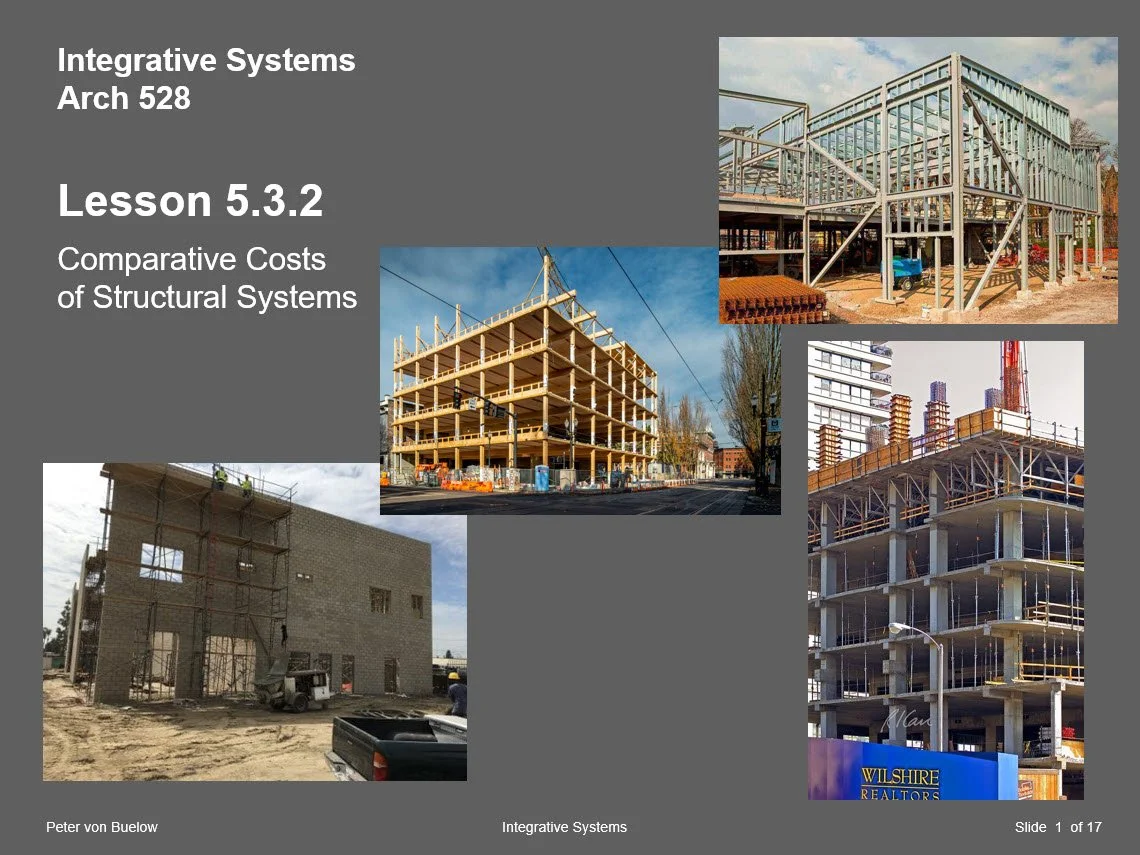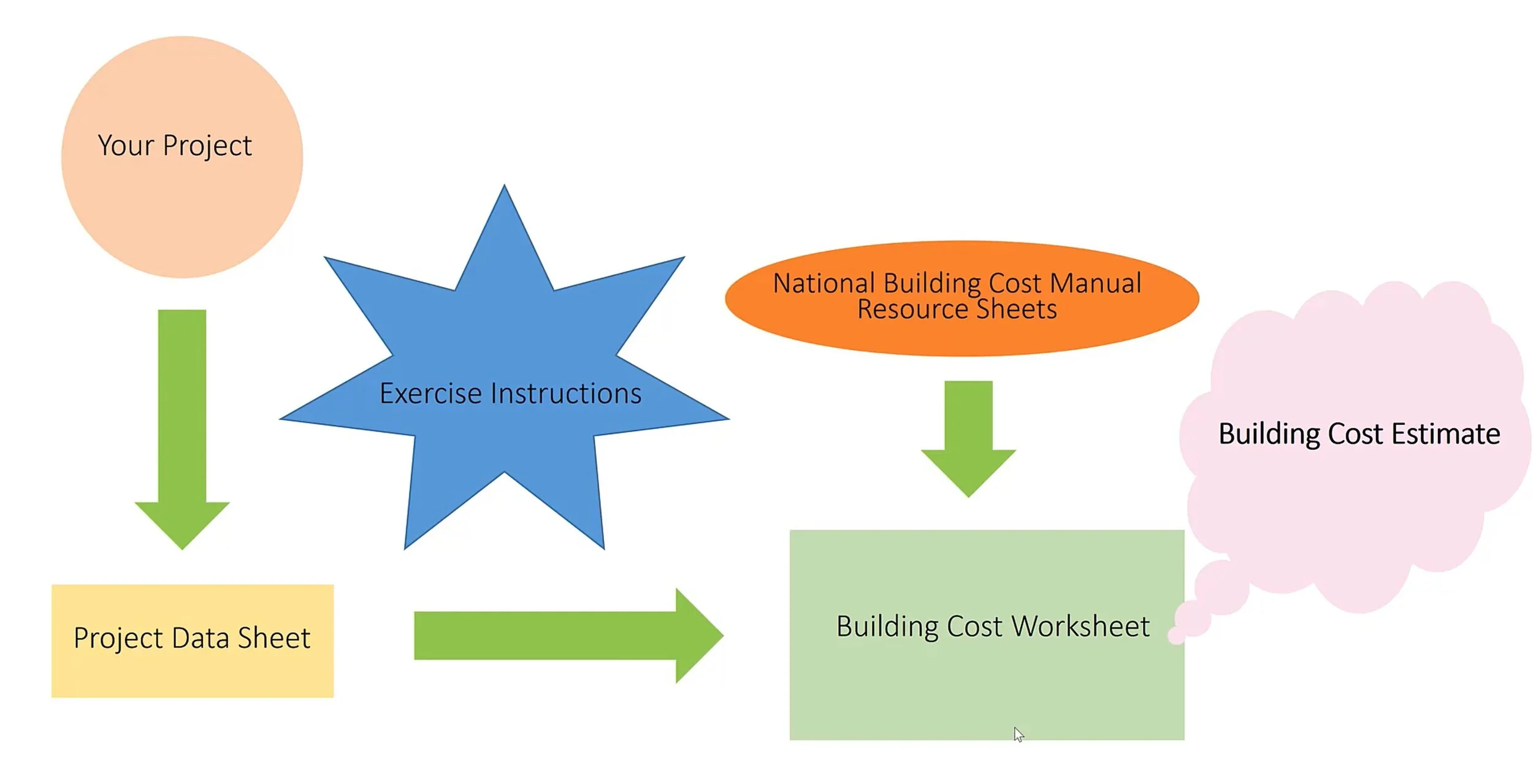5.3 BUILDING COSTS
5.3.1 An Introduction to Building Costs
Mick Kennedy
This short lesson will introduce you to the deep and elusive topic of building costs. Deep, because of the many differing approaches to quantifying the costs of something as complex as even a small building. And elusive, because the very means of associating costs to materials and labor is part of a dynamic system of pricing and values in our economy which varies considerably from location to location and certainly over time. Such costs may (typically) increase, sometimes dramatically, between the initial design phase and when a building is ready to be built.
The lesson will provide an overview of these variables with some examples of different processes of predicting building costs along with some of the qualitative and quantitative variables that effect them. The lesson goals are to provide you with some means to be able to understand these variables and steer your design work through this complex and dynamic process.
5.3.2 Comparative Costs of Structural Systems
Peter von Buelow
This Lesson gives an overview of ways to assess the relative costs of different structural systems. Some examples of cost analysis are given for basic structural systems using the RS Means cost guides. The example is based on a 20’ x 20’ rectangular structural frame building and compares the cost of the structure in concrete, steel, and wood. An example is also given for a complete building using a square foot model based on an apartment type.
5.3.3 Cost + Emissions (supplemental)
Lars Junghans
Designers must consider construction and operating costs in each design step. This lesson will demonstrate several calculation methods to estimate these financial costs. Commonly used cost data calculations like payback period and life cycle cost will be introduced. How can the building perform in the best way without having a large amount of greenhouse gas emissions from its construction? While harder to quantify in dollar terms, the lesson will also provide you with some insight into the broader and long term environmental costs of design decisions which must be understood and carefully mitigated as part of the enhanced ethical professional conduct of an architect.
Goal: The designer will learn how to consider both financial costs and embodied energy.
(This is a Supplemental Lesson)
5.3.4 Exercise 4 Intro: Building Costs
Mick Kennedy
This lesson will introduce to you our final exercise where you will be asked to go through an abbreviated process of determining building costs for your studio project.
It will provide an opportunity for you to compare the results of broad-brush cost estimating through price / area calculations with more refined itemization of a few architectural components with variable degrees of scale, number and quality that effect overall costs.
You will also do some basic calculations to better understand energy costs related to your facade design as part of a way to quantify the operating costs of a building.




